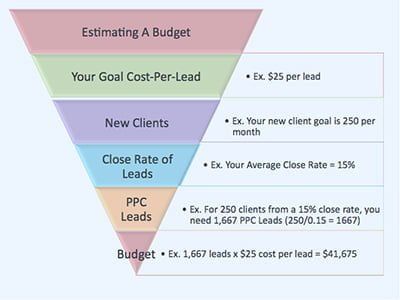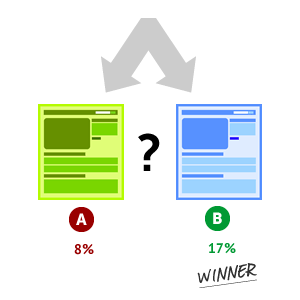
Analyzing Email Marketing Metrics for Better Results
- 0
Email marketing is a crucial component of any successful digital marketing strategy. One of the key benefits of email marketing is its ability to track and analyze various metrics to measure the effectiveness of your campaigns. By analyzing these metrics, you can gain valuable insights into what is working well and what areas need improvement. In this article, we will dive into some of the most important email marketing metrics to monitor and how to interpret them to achieve better results.
Open Rate
The open rate is one of the most basic email marketing metrics, but it provides valuable insight into how engaging your subject lines and content are to your audience. A high open rate indicates that your subscribers are interested in your emails, while a low open rate may suggest that your emails are not resonating with your audience. To improve your open rate, consider testing different subject lines, optimizing send times, and segmenting your list based on subscriber preferences.
Click-Through Rate (CTR)
The click-through rate measures how many recipients clicked on a link within your email. A high CTR indicates that your content is engaging and relevant to your audience, while a low CTR may suggest that your messaging or call-to-action needs improvement. To increase your CTR, make sure your call-to-action is clear and compelling, and consider testing different designs and placement of links within your email.
Conversion Rate
The conversion rate measures how many recipients took a desired action after clicking on a link in your email, such as making a purchase or signing up for a webinar. A high conversion rate indicates that your email is effectively driving action from your audience, while a low conversion rate may suggest that your landing page or call-to-action needs optimization. To improve your conversion rate, ensure a seamless user experience from email to landing page, and consider testing different offers and incentives to encourage action.
Bounce Rate
The bounce rate measures the percentage of emails that were not delivered to recipients’ inboxes. There are two types of bounces: hard bounces, which are permanent delivery failures due to invalid email addresses, and soft bounces, which are temporary delivery failures due to issues such as full inboxes or server problems. A high bounce rate can negatively impact your email deliverability and sender reputation, so it is important to regularly clean your email list and remove inactive or invalid subscribers.
Unsubscribe Rate
The unsubscribe rate measures the percentage of subscribers who have opted out of receiving future emails from your list. A high unsubscribe rate may indicate that your emails are too frequent, irrelevant, or not meeting subscribers’ expectations. To reduce your unsubscribe rate, ensure that your emails are providing value to your audience, and offer preferences for subscribers to customize their email frequency or content preferences.
Engagement Over Time
Monitoring engagement over time can help you identify trends and patterns in how your audience interacts with your emails. By analyzing metrics such as open rate, CTR, and conversion rate over specific time periods, you can determine the optimal days and times to send emails, as well as identify any seasonality or trends that may affect your campaign performance. Use this data to adjust your email marketing strategy and optimize your campaigns for better results.
Conclusion
In conclusion, analyzing email marketing metrics is essential for optimizing your campaigns and achieving better results. By monitoring key metrics such as open rate, CTR, conversion rate, bounce rate, and unsubscribe rate, you can gain valuable insights into how your emails are performing and identify areas for improvement. Use this data to make data-driven decisions, test different strategies, and continually refine your email marketing efforts to drive engagement and conversions from your audience.

